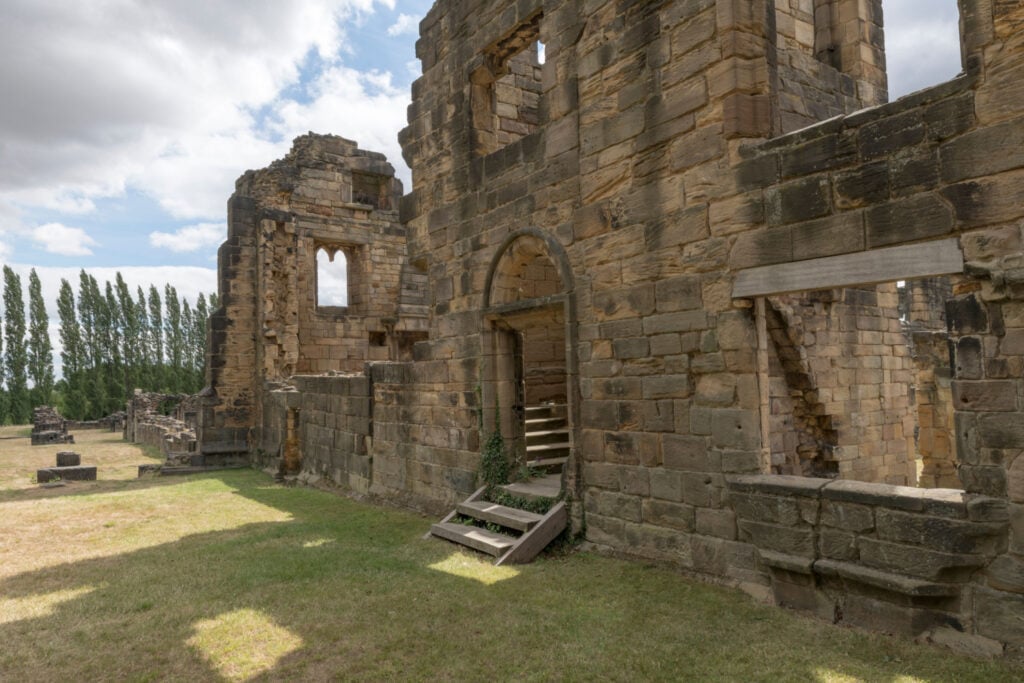Though many can be forgiven for overlooking a medieval monastery hidden among housing estates and industrial developments on the edge of Barnsley, the substantial ruins of Monk Bretton Priory are a sight to behold.

Originally, the setting amongst the wooded valley of the River Dearne of what was founded as a Cluniac daughter house to St John’s in Pontefract in c.1154, was peaceful and remote, and thus perfect for the idyll required for the ascetic community.
A Cluniac priory it did not remain, however. After quarrelling with its mother house, Monk Bretton swiftly severed ties and in 1281 transferred to the Benedictine order. The monastery became somewhat successful with a few handfuls of brothers dedicated to mining coal and ironstone. Still, the drama continued. Continued battles with Pontefract occurred though amounted to little more than Monk Bretton being forced to pay 20 shillings every year to them until the Dissolution of the Monasteries. However, it was the priors who caused the most issues, with dastardly deeds from living extravagant lifestyles and gluttonous spending habits to nepotism complaints and embezzlement.
Such issues plagued the monastery and played right into Henry VIII’s hands when the time came for his commissioners to visit the monastery during the Dissolution. And so, in 1538, it was suppressed, though the remaining thirteen monks and prior did quite well out of the situation, being retired with a full pension.
Unfortunately, this left the site open to plunder—and that it was, with much of the stone consequently reused as building materials. Fifty years later, its dilapidated state was still perceived as a prime piece of real estate to William Talbot, Earl of Shrewsbury. After purchasing the ruined estate, he converted the west range of the cloister into a country house for his son Henry. The site then passed through several tenures until it was acquired by Barnsley Borough Council in 1932 though is now in the proprietorship of English Heritage. All that remains are a small portion of the church and churchyard, cloister buildings and early-15th-century gatehouse.
#ad